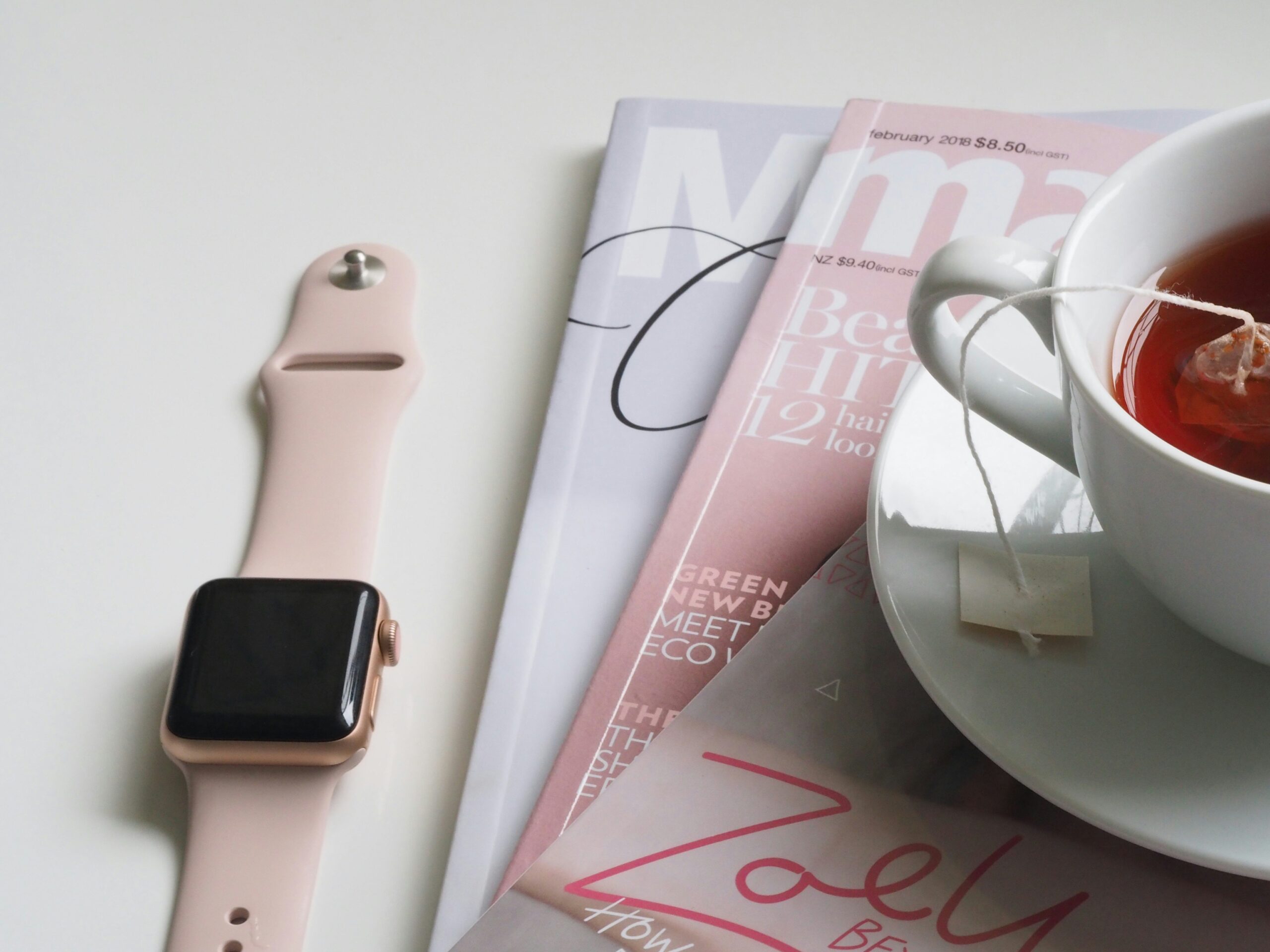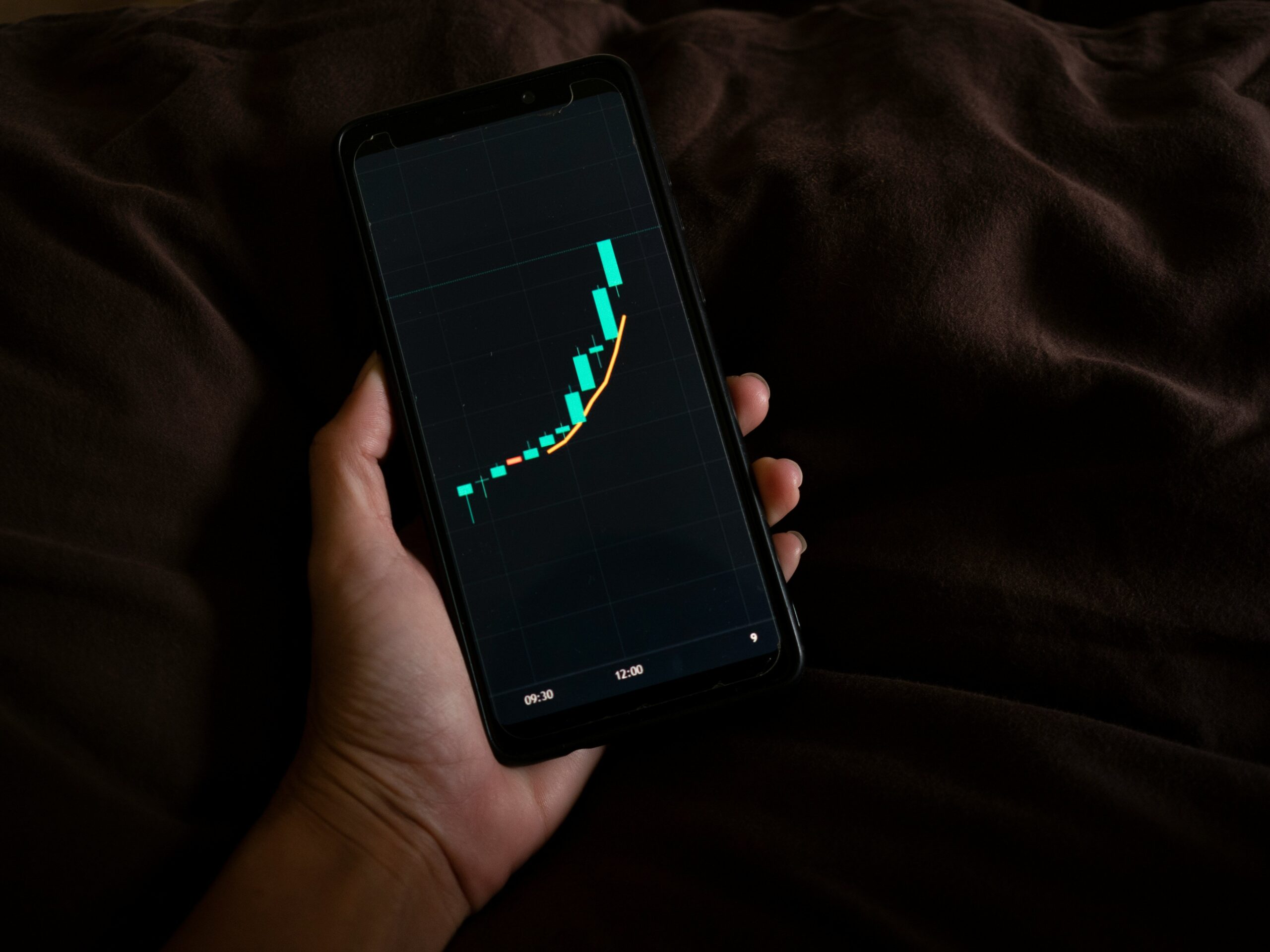Ever stared at your phone for hours, scrolling aimlessly while your stress levels spiral? Yeah, we’ve all been there. But what if I told you that the same device causing part of your anxiety could actually help manage it—through mood monitoring apps? Sounds like a plot twist straight out of a Netflix docuseries, right?
In this blog post, we’re diving deep into how mood monitoring apps are reshaping mental wellness and stress management. Along the way, you’ll learn:
- The science behind why tracking your emotions works.
- A step-by-step guide to choosing the best app for YOU.
- Real-world success stories from people who transformed their lives through these tools.
Table of Contents
- Key Takeaways
- The Stress Epidemic: Why We Should Care About Mental Wellness
- Step-by-Step Guide to Getting Started with Mood Monitoring Apps
- Best Practices for Using Mood Monitoring Tools Effectively
- Success Stories: Real People, Real Results
- FAQs About Mood Monitoring Apps
Key Takeaways
- Mood monitoring apps can reduce stress by providing insights into emotional patterns.
- Not all apps are created equal—look for features like AI analysis, journal prompts, and habit trackers.
- Tracking moods alone doesn’t fix problems; action and reflection matter too.
- [Terrible Tip Warning:] Don’t expect overnight miracles—it takes consistency and buy-in.
The Stress Epidemic: Why We Should Care About Mental Wellness
If you’re reading this during an average day, odds like 54% of Americans feel significant stress daily might hit close to home. According to recent stats, stress-related illnesses cost the U.S. economy over $300 billion annually. Woof. That’s not even counting the personal toll on relationships, careers, and—let’s face it—our patience.

Storytime: A few years ago, I spent a solid month feeling like my life was auditioning for an episode of *Black Mirror*. Deadlines were crushing me, sleep felt optional, and coffee became breakfast, lunch, AND dinner. My bad move? Ignoring my mental state until it exploded mid-work meeting. Lesson learned: being proactive about emotional health beats playing catch-up every time.
Step-by-Step Guide to Getting Started with Mood Monitoring Apps
Optimist You: “Let’s download one today!”
Grumpy You: “Ugh, fine—but only if they have cute color themes.”
Finding the perfect mood monitoring app feels like swiping left or right on dating profiles. Here’s how to navigate the process without losing your sanity:
Step 1: Define Your Needs
Ask yourself: What do you want out of a mood tracking app? Daily logs? Meditation reminders? Or maybe something fun like gamified challenges?
Step 2: Research Top Options
Some big names in the game include:
- Daylio: Perfect for minimalists who love quick entries.
- Youper: Packed with AI chatbots for deeper insight.
- Happify: Focuses on building resilience with games and activities.

Step 3: Test Before Committing
Most apps offer free versions or trials. Use them! Test usability, feature sets, and whether the vibe aligns with your goals.
Best Practices for Using Mood Monitoring Tools Effectively
Just downloading an app won’t magically erase your stress (sorry). To get results, follow these tips:
- Be Consistent: Track your moods daily—even when nothing exciting happens. Patterns emerge over weeks, not days.
- Add Context: Note triggers like work deadlines, arguments, or joyful moments. This adds dimension to your data.
- Reflect Often: Schedule weekly reviews to spot trends and adjust behaviors accordingly.

Success Stories: Real People, Real Results
Jane, a 32-year-old marketing manager, shares her story: “I started using Daylio last year after months of burnout. At first, logging moods felt awkward, but within weeks, I noticed clear connections between my energy crashes and skipping meals. Now, I prioritize self-care rituals that keep me grounded.”
FAQs About Mood Monitoring Apps
Q: Do mood monitoring apps really work?
A: Yes—if used consistently alongside other strategies like therapy or exercise. They provide visibility into otherwise invisible emotions.
Q: Can I use multiple apps together?
A: Technically, yes, but overload is real. Stick to one main tool unless you need specific functionalities split across platforms.
Q: Are they safe to use privacy-wise?
A: Always check permissions and read terms carefully. Reputable apps encrypt data and comply with regulations.
Conclusion
Gone are the days where managing stress meant blindly guessing at solutions. With technology advancing faster than ever, mood monitoring apps offer actionable ways to stay ahead of emotional upheavals. By combining science-backed insights with consistent practice, you can transform chaos into clarity—one logged emotion at a time.
P.S. Remember Tamagotchis? Like those digital pets, nurturing your mind needs daily care. So go ahead—download that app. 🐾


